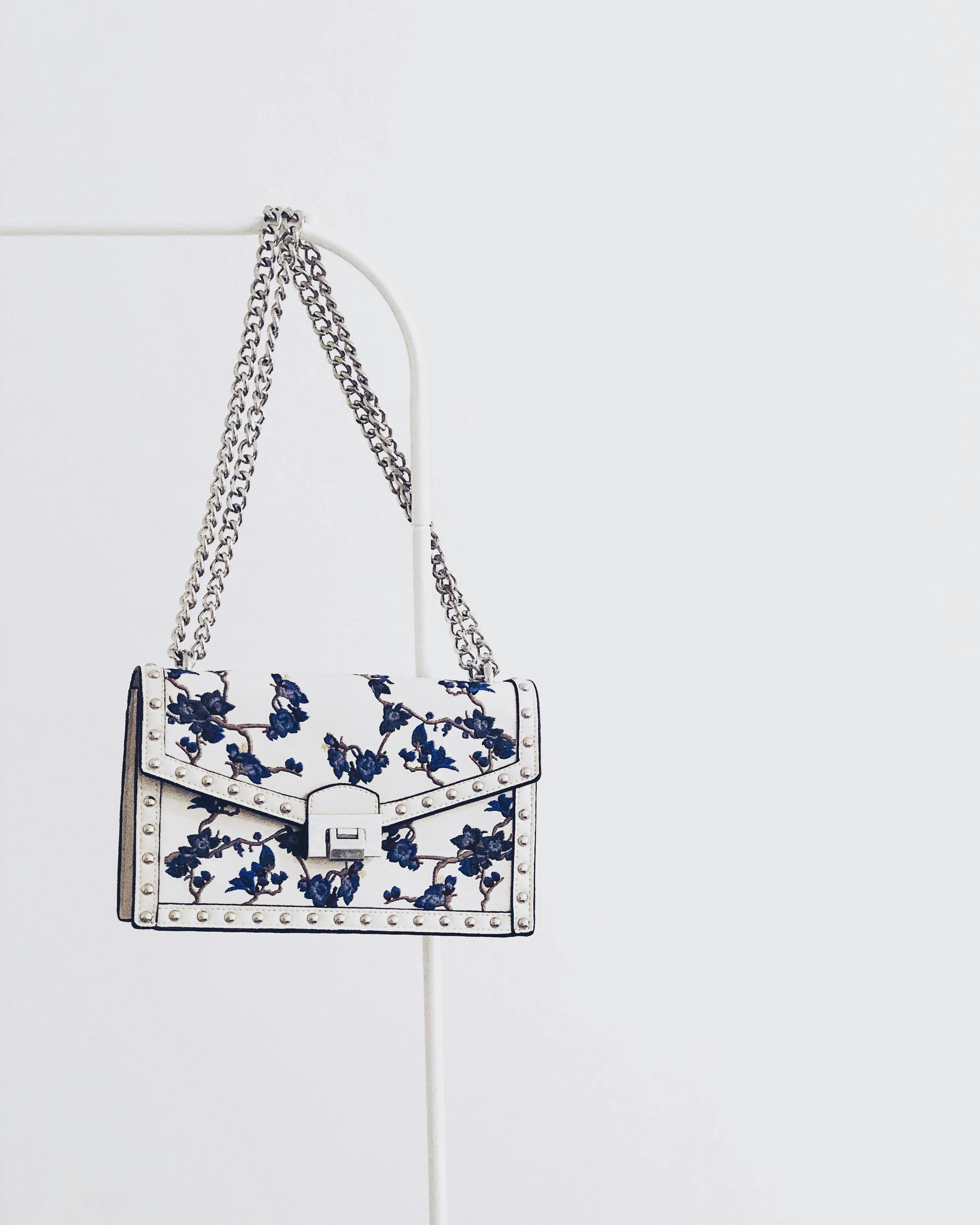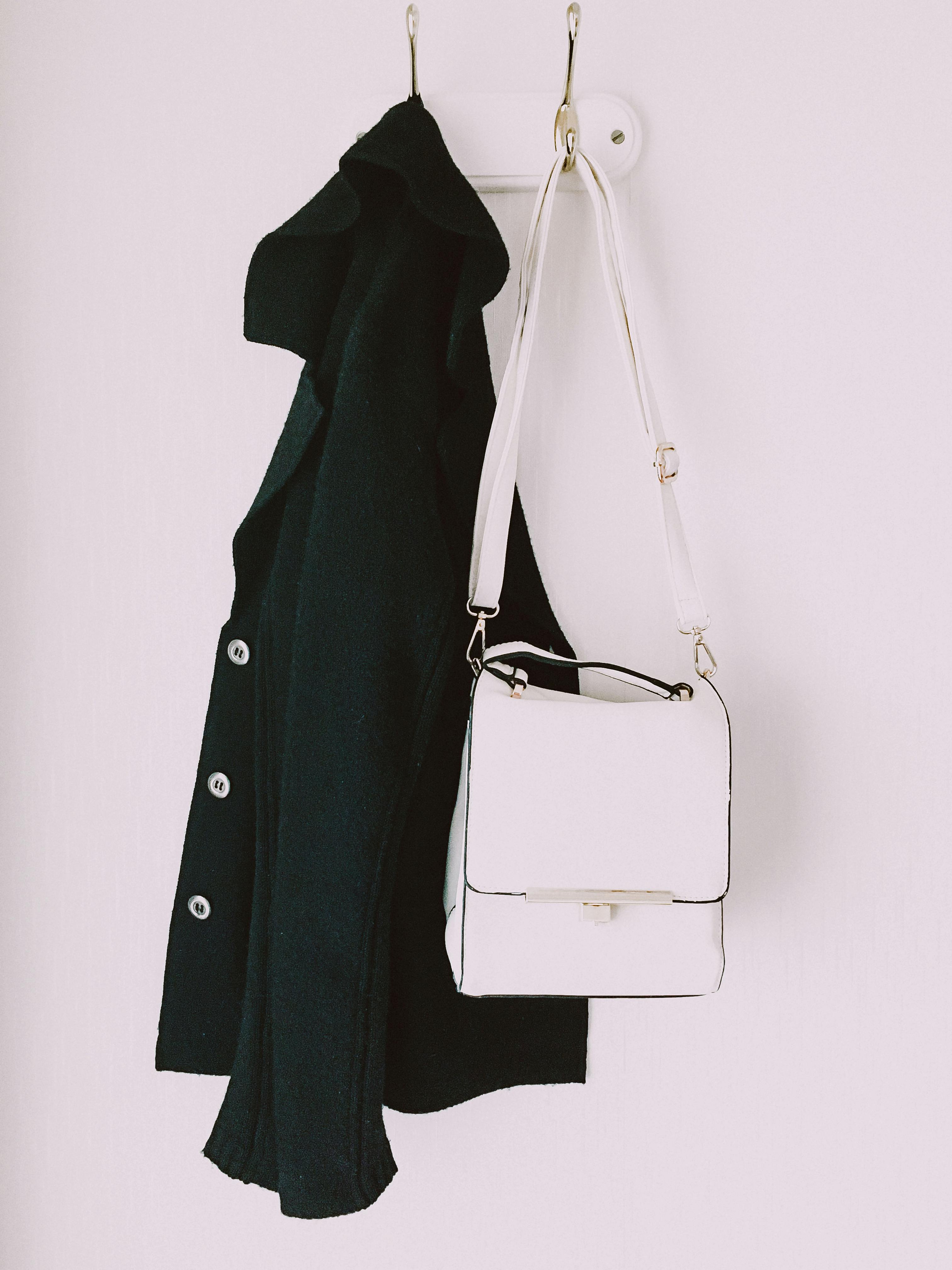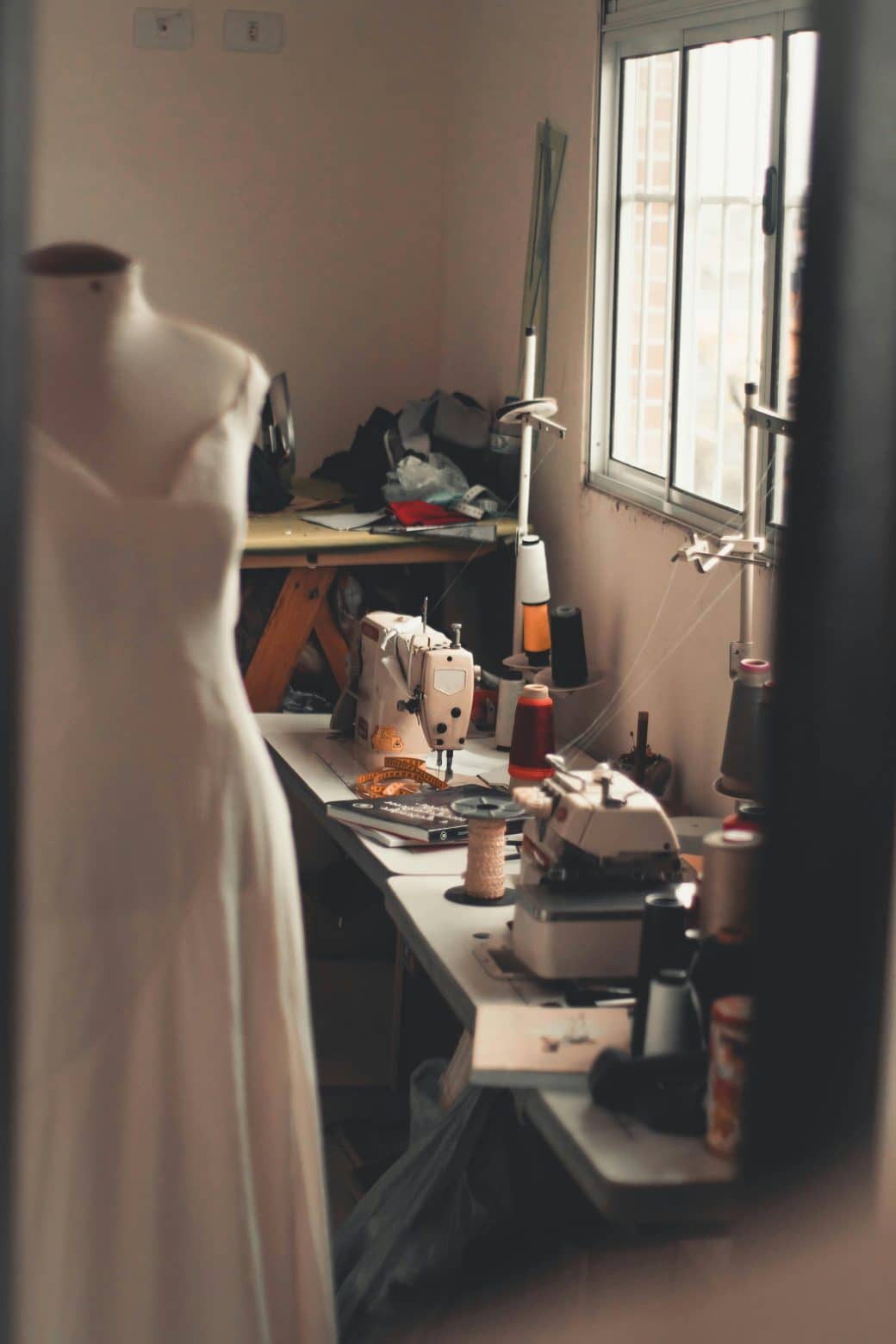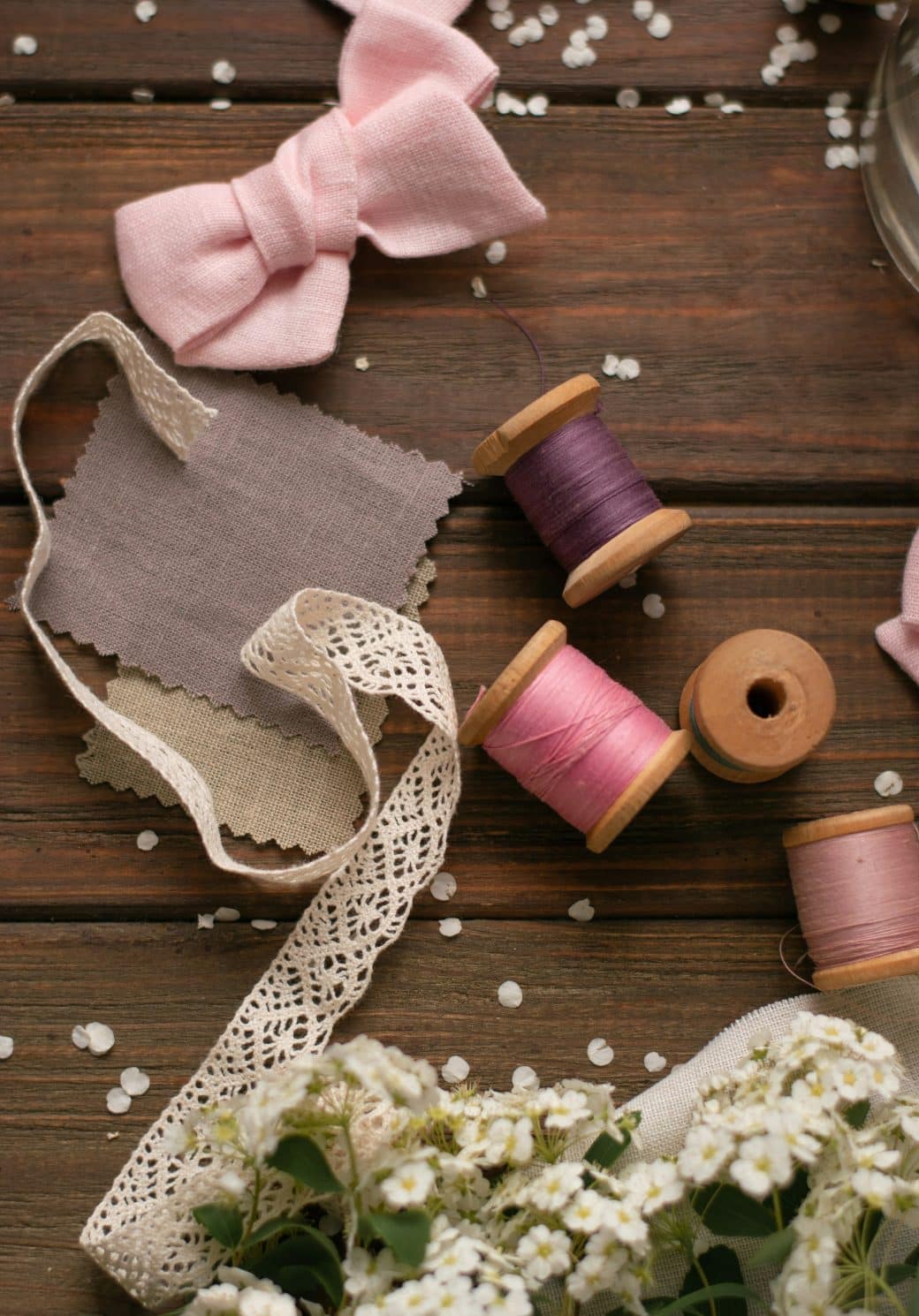Ever wondered what gives those high-end handbags their unmistakable charm and long-lasting durability? Well, I’m here to take you on a journey into the heart of luxury accessory crafting, focusing on a key aspect often overlooked but crucial to a handbag’s allure – its hardware. “Unveiling the Craft: A Behind-the-Scenes Look at Handbag Hardware Mastery” sheds light on the intricate process of creating zippers, buckles, clasps, and more, revealing the blend of traditional techniques and modern innovation that elevates a simple accessory to a fashion statement. Join me as we explore the meticulous craftsmanship and attention to detail involved in bringing these essential elements to life, offering an unparalleled glimpse into the artistry behind your favorite accessory.

Understanding Handbag Hardware
Definition of handbag hardware
When I talk about handbag hardware, I’m referring to the metal components that not only add functionality but also enhance the aesthetic appeal of the bag. This includes clasps, zippers, locks, handles, and much more. It’s fascinating how these not-so-noticeable elements play such a crucial role in the overall design and usability of a handbag.
Importance of quality hardware in handbags
I cannot overstate the importance of quality hardware in handbags. Good hardware not only adds to the bag’s durability, ensuring clasps close securely and zippers run smoothly, but it also contributes significantly to the handbag’s aesthetic appeal. A high-quality piece of hardware feels and looks different – it gives a handbag that luxurious touch that can’t be mimicked by lower quality alternatives.
Types of handbag hardware
There’s a wide variety of hardware used in handbags. Clasps come in countless shapes and sizes, from simple magnetic snaps to elaborate, decorative fastenings. Zippers are another common feature, which can drastically vary in quality and appearance. Locks, often seen on more luxurious bags, add an element of security and sophistication. Then there are handles – metal chains, rings, and other attachments that not only need to look good but also support the weight of the bag and its contents.
History of Handbag Hardware
Historical evolution of handbag hardware
The evolution of handbag hardware is a journey through time. Early bags were simple and functional, with minimal hardware. However, as bags became fashion statements, the hardware evolved to be not just functional but also decorative. From the lavish designs of the Victorian era to the minimalist trends of the 20th century, handbag hardware has been influenced by broader fashion movements and technological advancements.
Influence of fashion trends on hardware design
Fashion trends have greatly influenced hardware design over the years. For instance, the Art Deco period with its love for geometric patterns saw the introduction of stylized clasps and decorative metalwork on bags. More recently, the trend towards minimalist design has led to more subtle and streamlined hardware.
The role of hardware in the luxury handbag market
In the luxury handbag market, hardware plays a pivotal role in brand identity. Luxury brands often use distinctive hardware designs that become synonymous with their name – think of Hermès’ iconic turn-lock or Chanel’s CC logo. High-quality, unique hardware is a signifier of luxury and exclusivity.

Materials Used in Handbag Hardware
Discussion on the common materials used
Common materials for handbag hardware include metals like brass, stainless steel, and sometimes even precious metals for high-end bags. Each material has its unique properties and aesthetic appeal, contributing differently to the bag’s overall design.
Comparison of different materials (strength, durability, cost)
Brass is popular for its strength and its ability to be cast into detailed shapes, making it ideal for decorative hardware. Stainless steel, on the other hand, is valued for its durability and resistance to tarnishing, though it can be more expensive. Precious metals, like gold and silver plating, are used in luxury handbags for their unmatched aesthetic appeal despite their higher cost and softer nature.
Sustainability considerations in materials selection
Sustainability is becoming increasingly important in materials selection for handbag hardware. There’s a growing trend toward using recycled metals and investing in materials that offer durability to extend the life of the handbag, reducing waste and environmental impact.
Designing Handbag Hardware
Interplay of functionality and aesthetics in design
Designing handbag hardware is a delicate balance between functionality and aesthetics. The hardware must not only look good but also perform its function effectively, whether that’s securing the handbag or adding to its wearability.
Effect of hardware design on overall handbag style
The design of the hardware can significantly impact the overall style of a handbag. Sleek, minimalist hardware can give a bag a modern, understated look, while ornate hardware can add a touch of glamour or vintage charm.
Understanding handbag hardware patents
Handbag hardware patents are fascinating. They protect the unique designs and functionalities developed by designers, ensuring that their innovations cannot be copied legally. These patents underscore the creativity and technical ingenuity involved in hardware design.

Crafting Handbag Hardware
Steps in crafting hardware
Crafting handbag hardware involves several steps, from initial design and prototyping to casting, polishing, and plating. Each step requires meticulous attention to detail to ensure the highest quality.
Tools used in crafting hardware
The tools used in crafting hardware range from traditional metalworking tools for casting and shaping to more modern machines for precision cutting and polishing. The choice of tools depends on the complexity and requirements of the hardware design.
Skills needed for hardware craftsmanship
Hardware craftsmanship requires a unique blend of skills – an eye for design, precision in metalworking, and patience for the intricate, often time-consuming processes involved. It’s truly an art form in its own right.
Quality Assurances and Testing
Quality control processes in hardware manufacturing
In hardware manufacturing, quality control is paramount. This involves regular inspections at each stage of the production process, from checking the raw materials to testing the final product’s functionality and durability.
Tests performed on hardware to ensure durability
Various tests are performed to ensure hardware durability, including stress tests to evaluate strength under load, wear and tear simulations, and exposure to different environmental conditions to test for corrosion resistance.
Role of certification and standards in handbag hardware
Certification and industry standards play a crucial role in maintaining quality in handbag hardware production. These standards ensure that the hardware meets safety, quality, and environmental benchmarks, providing assurance to both manufacturers and consumers.

Famous Hardware in Iconic Handbags
Case studies of iconic handbag hardware
Some iconic examples of handbag hardware include the Hermès Birkin lock and Chanel’s CC TurnLock. These pieces not only add functionality to the bags but have also become symbols of luxury and craftsmanship, contributing significantly to the bags’ value and appeal.
Impact of hardware design in elevating brand identity
The design of handbag hardware can greatly elevate a brand’s identity. Unique, high-quality hardware becomes synonymous with the brand, serving as a signature that is immediately recognizable to aficionados and the general public alike.
Inspiration behind some of the most famous hardwares
The inspiration behind some of the most famous hardware is as varied as the designs themselves. Some are inspired by the brand’s heritage, while others reflect the personal interests or innovative ideas of the designers. Whatever the source of inspiration, these hardware designs have become iconic in the world of fashion.
Industry Leaders in Hardware Production
Profiles of leading handbag hardware manufacturers
Leading handbag hardware manufacturers are renowned for their commitment to quality, innovation, and craftsmanship. These companies specialize in producing hardware that meets the high standards of luxury fashion brands, using state-of-the-art manufacturing techniques and materials.
What sets these manufacturers apart
What sets these manufacturers apart is their attention to detail, expertise in metalwork, and ability to customize hardware to a designer’s specific requirements. They also stay ahead of industry trends, continually innovating and adapting their processes to meet the changing demands of the fashion world.
Trends and innovations in hardware production
Recent trends in hardware production include the use of 3D printing for prototyping and manufacturing complex designs, as well as a focus on sustainability, with more manufacturers using recycled materials and eco-friendly processes. Innovations in materials and finishes are also paving the way for new design possibilities.
Challenges in Handbag Hardware Production
Common issues in hardware production
Common issues in hardware production include maintaining consistency in quality across large batches, dealing with the intricate nature of custom designs, and managing the costs of high-quality materials and processes. Overcoming these challenges is key to successful hardware manufacturing.
Implication of manufacturing defects
Manufacturing defects in hardware can have significant implications, from functional failures that affect the usability of the handbag to aesthetic flaws that diminish its appeal. For luxury brands, even minor defects can damage a brand’s reputation for quality.
Best practices in overcoming these challenges
Best practices for overcoming these challenges include investing in high-quality control systems, fostering close collaborations between designers and manufacturers to ensure clear communication and understanding, and staying updated with advancements in manufacturing technology to improve efficiency and quality.
Future Trends in Handbag Hardware
Upcoming trends in handbag hardware design
Looking to the future, I see trends in handbag hardware design moving towards customizable and interchangeable hardware, allowing users to personalize their bags. Additionally, a growing emphasis on sustainable and ethically sourced materials is likely to influence design choices.
Impact of technology on hardware production and design
Technology, particularly advancements in 3D printing and digital fabrication, is set to have a significant impact on hardware production and design. This could open up new possibilities for customization and efficiency in manufacturing, allowing for more intricate and innovative designs.
Potential effect of sustainable and ethical considerations on future hardware production
Sustainable and ethical considerations are becoming increasingly important in the fashion industry, and handbag hardware production is no exception. Future trends will likely include greater use of recycled materials, eco-friendly manufacturing processes, and ethical sourcing practices. This shift not only reflects consumer preferences but also represents a broader move towards more responsible fashion production practices.



